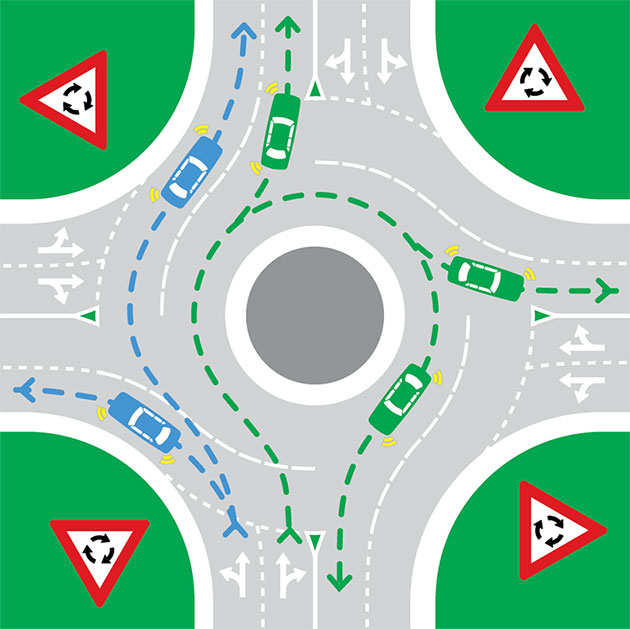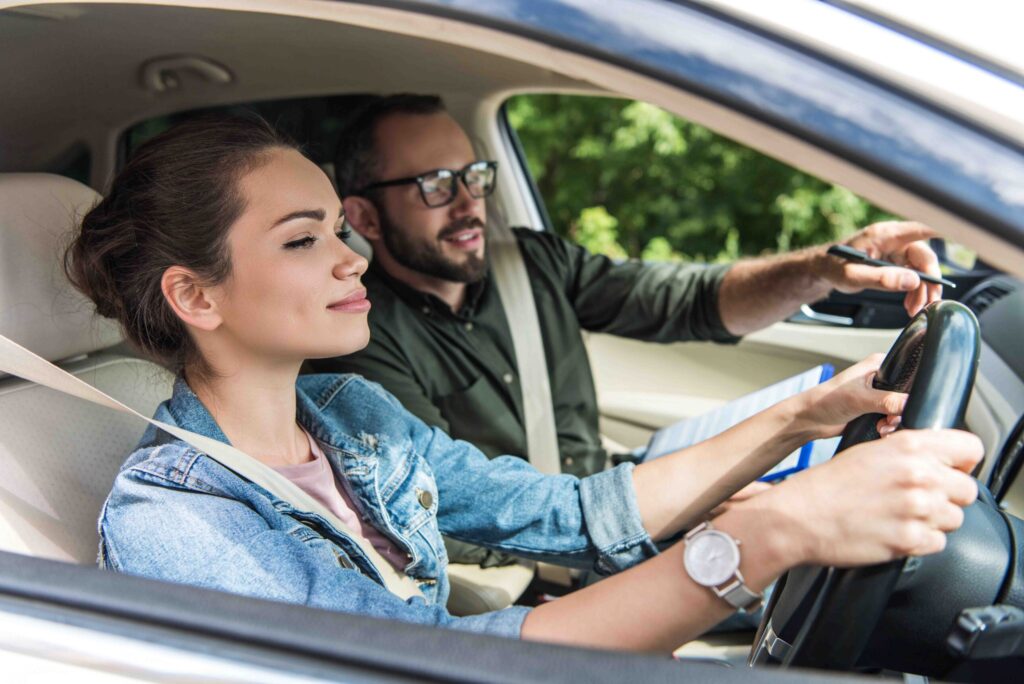Introduction
Sydney’s weather can switch from bright sunshine to torrential rain in minutes, and your driving must adapt just as fast. Wet roads contributed to 70 fatalities across NSW in 2022 transport.nsw.gov.au, and hundreds more serious injuries. With La Niña cycles, east-coast lows and fierce westerlies, mastering adverse-weather techniques isn’t optional – it’s lifesaving. In this guide we cover rain, high wind, fog, and essential vehicle prep, distilled from Driven to Drive’s comprehensive bad-weather lessons.
Sydney’s Weather Patterns in a Nutshell
| Season | Typical Conditions | Driving Impact |
|---|---|---|
| Summer | Thunderstorms, sudden downpours | Flash flooding, road spray |
| Autumn | Long rain fronts, shorter daylight | Glare at dusk, wet roads |
| Winter | Persistent rain, morning fog | Reduced visibility, slick surfaces |
| Spring | Gusty westerlies, hail cells | Cross-winds, debris on road |
Coastal routes (e.g., Southern Cross Dr) suffer sea-spray and swirling winds, while western suburbs often wake to thick radiation fog.
Rain Driving Fundamentals
-
Slow down – trim 10–20 km/h in light rain; more in heavy downpours.
-
Double your gap – adopt the 6-second rule.
-
Smooth inputs – gentle steering, throttle and brakes to avoid aquaplaning.
-
Lights on – dipped headlights whenever wipers are on.
-
Windscreen & tyres – good wiper blades and at least 3 mm tread dramatically cut crash risk.
Local pain points:
-
Harbour Bridge deck – exposed, slippery steel joins.
-
Botany Rd low-lying sections – prone to flash flooding.
Wind: Keeping Control in Gusts
-
Reduce speed by 10–15 km/h during sustained 60 km/h winds.
-
Grip the wheel at 9-and-3 o’clock; expect sudden side-pushes on bridges like the ANZAC and Harbour.
-
Give high-sided vehicles extra space; their buffeting can shove you sideways.
Fog & Low Visibility
-
Use low-beam headlights; high-beam just reflects glare.
-
Match speed to sight distance – if you can only see 50 m, you must be able to stop within 50 m.
-
Widen following gap to 5–6 seconds.
-
If visibility drops below 50 m on the M5 tunnel exit, pull into the next service area and wait it out.
Tyre Safety & Grip Essentials
Legal tread depth is 1.5 mm, yet wet-road braking distances shrink markedly once tread exceeds 3 mm. Check pressures monthly; under-inflated tyres are a leading cause of aquaplaning incidents transport.nsw.gov.au.
Technology Aids – Use, Don’t Abuse
ABS and electronic stability control save lives, but they don’t defy physics. Still drive to conditions. BOM radar and LiveTraffic alerts help you time departures and avoid flooded routes.
Emergency Scenarios
-
Aquaplaning – ease off accelerator, steer straight, regain grip before braking.
-
Breakdown in storm – pull far left, hazards on, stay belted until help arrives.
-
Floodwater – never enter; “If it’s flooded, forget it.” Water as shallow as 15 cm can sweep a small car.
Planning & Preparation
-
Check BOM warnings the night before and an hour before departure.
-
Top-up washer fluid with anti-fog additive.
-
Pack an all-weather kit – torch, blanket, phone power bank.
-
Delay or cancel trips during severe wind or flash-flood alerts.
When to Stay Off the Road
-
Active severe storm or east-coast low warnings.
-
Visibility under 50 m in fog.
-
Sustained 90 km/h gust forecasts.
-
If you feel fatigued, stressed, or unsure – safety first.
Professional Weather-Driving Instruction
Driven to Drive offers:
-
Controlled wet-weather sessions in a dual-control vehicle.
-
Real-time coaching on Sydney’s most challenging routes.
-
Custom strategies for nervous drivers or those returning after a crash.
Conclusion
Adverse weather multiplies every driving error. By slowing down, increasing following distances and learning recovery techniques, you’ll transform hazardous conditions into manageable challenges. Need hands-on tuition? Reach out today and drive with confidence – rain, wind or shine.
Call: 0416 321 572
Email: driventodrive@outlook.com
Opening hours: Saturday 7:30 am – 4 pm; weekdays & public holidays by appointment
Address: Mascot NSW 2020



